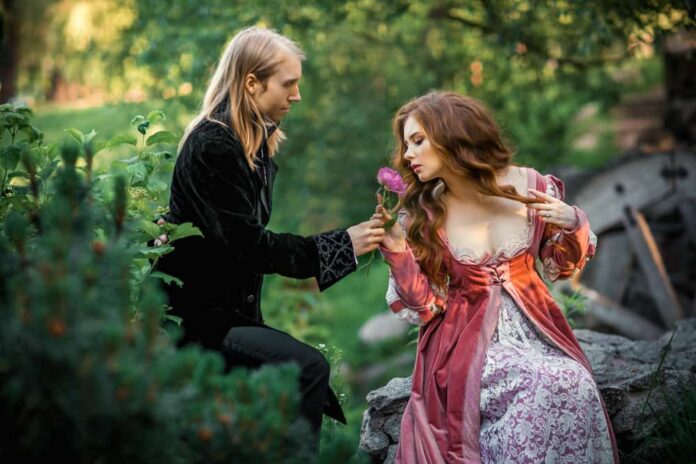Romeo and Juliet is a Shakespeare performance that every high-school-aged teenager has had the opportunity, although maybe unwilling, to learn about.
Learning about the play required countless hours spent deciphering the Shakespearean language, and if you were one of the lucky classes, watching the 1996 film version starring Leonardo DiCaprio.
However, what is it about Romeo and Juliet that entices schools to continue teaching about it when Shakespeare is also known for having written at least 38 other plays?
Let’s find out more about the ongoing popularity of Romeo and Juliet, and why it is still relevant today.
Why Is Romeo And Juliet So Popular?

Romeo and Juliet continues to be a popular play read in schools, due to the valuable lessons taught to students that are applicable today.
Perhaps the largest theme of the play involves the effects of powerful emotions such as love and hate, and how the two can coincide and completely overtake an individual.
The entirety of the play is filled with countless teaching moments, such as poetry, foreshadowing, and the impact that our choices have on shaping our lives.
Another powerful reason for the popularity of the story is because of the dynamic of the star-crossed lovers.
We, as human beings, are fond of a good love story that requires the characters to cross boundaries to pursue what it is they desire.
This applies to other life situations, such as going after a new job or moving across the country in pursuit of a new adventure.
Romeo and Juliet is a passionate story that took the pursuit of happiness and turned it into a tragedy while showing viewers the power of family and societal influence on our life.
Romeo And Juliet In Schools

Romeo and Juliet is a powerful tool in that it has the ability to teach us many important lessons that can be relatable to our lives.
Despite the amount of time that has passed since the story was originally written, these themes continue to apply to generations to come.
The play allows teachers, or parents, to teach their youth about family relationships, loyalty, fate, destiny, love, and hate.
It can also provide a gateway to teach youth coping and communication strategies to utilize when they are experiencing tragedy or other emotional instances within their lives.
As it was mentioned above, it also provides context on concepts such as foreshadowing, soliloquy, chance vs. choice, and poetry.
Additionally, Romeo and Juliet displays recurring elements and patterns throughout its entirety.
These include light and dark, celestial imagery, and nature’s role.
The Royal Shakespeare Company released a document that provides descriptions of the themes and motifs within Romeo and Juliet, along with scenes throughout the play that appropriately display these themes.
Royal Shakespeare Company

The Royal Shakespeare Company (RSC) is a great resource to learn more about the themes and elements of Romeo and Juliet.
They offer two-hour workshops that are tailored to the learning needs of students.
These workshops can be designed for any Shakespeare play and are led by an RSC Associate Learning Practitioner.
The workshops are designed to allow students to explore the plays while learning the language, characters, and performance techniques.
Royal Shakespeare Company also developed resources for teachers to help bring Shakespeare into the classrooms.
Additionally, the Shakespeare Learning Zone provides information about a variety of Shakespeare’s plays, including key facts, important scenes, pictures from productions, videos from actors and directors, and information on the main characters.
Besides Romeo and Juliet, plays in the Shakespeare Learning Zone include:
- Measure for Measure
- The Merchant of Venice
- A Midsummer Night’s Dream
- Othello
- The Taming of the Shrew
- As You Like It
- The Comedy of Errors
- Hamlet
- Henry V
- Julius Caesar
- King Lear
- Macbeth
- Much Ado About Nothing
- The Tempest
- The Twelfth Night or What You Will
Royal Shakespeare Company doesn’t exclusively perform Shakespeare’s plays.
They also perform a variety of other popular plays that were once movies.
For example, at the time of this article, the plays being offered include Matilda The Musical and My Neighbor Totoro.
Movie Performances And Broadway Plays
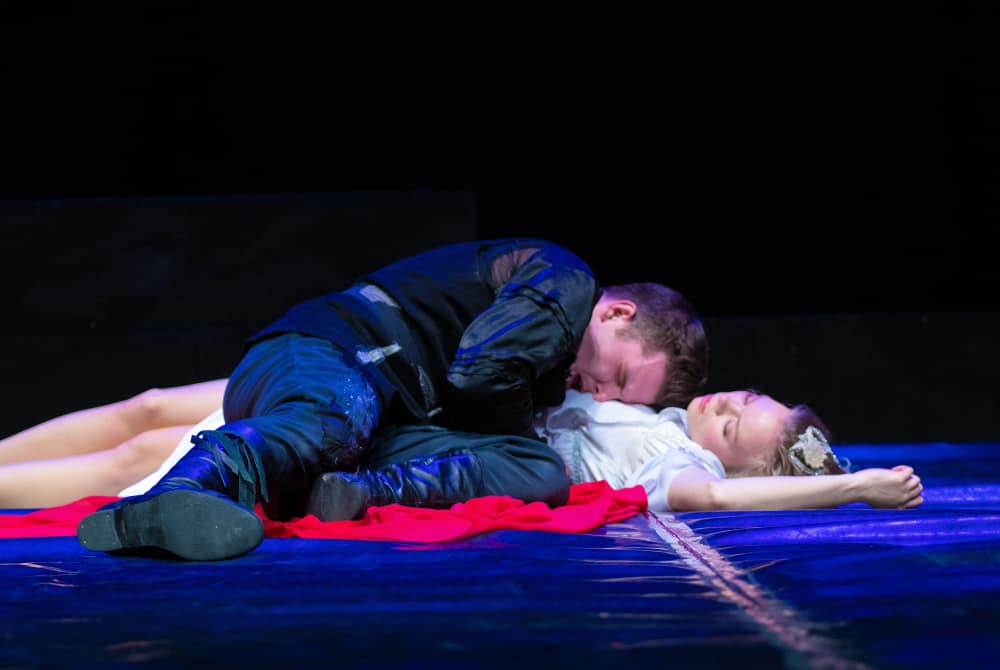
Because of the popularity of Romeo and Juliet, there have been many appropriations of the play created throughout its history.
Some well-known versions of Romeo and Juliet include:
- Baz Luhrmann’s 1996 Romeo and Juliet
- George Cukor’s 1936 Romeo and Juliet
- Franco Zeffirelli’s 1960 Romeo and Juliet—Zeffirelli’s first Shakespeare production.
- Franco Zeffirelli’s 1968 Romeo and Juliet Film
- Royal Ballet’s 1965 Romeo and Juliet
The majority of Romeo and Juliet plays and movies created in the past have been designed to be grave and earnest.
However, the movie Gnomeo and Juliet in 2011 gave the story a lighthearted feeling that appealed to the younger audience and families.
Another alternate version of the story includes Romeo x Juliet, a Japanese anime television show that targeted teenagers who were less likely to connect with the theater versions.
Many will remember the popularity of West Side Story, an American musical that was created by Robert Wise in the 1960s.
The themes of Romeo and Juliet can be seen in my different movies, even those films that are not specifically designed to replicate the standard Romeo and Juliet.
One example of this is Titanic, a movie that depicts two individuals falling in love while experiencing the unwelcome feelings of their family.
Romeo And Juliet’s Impact On The Music Industry

The power of Romeo and Juliet isn’t strictly kept to the film and theater world.
The music industry has also felt the impact and inspiration of the lovelorn couple.
A few examples of music that was inspired by Romeo and Juliet include:
- Love Story by Taylor Swift
- I’d Die For You by Bon Jovi
Most Popular Scenes In Romeo And Juliet
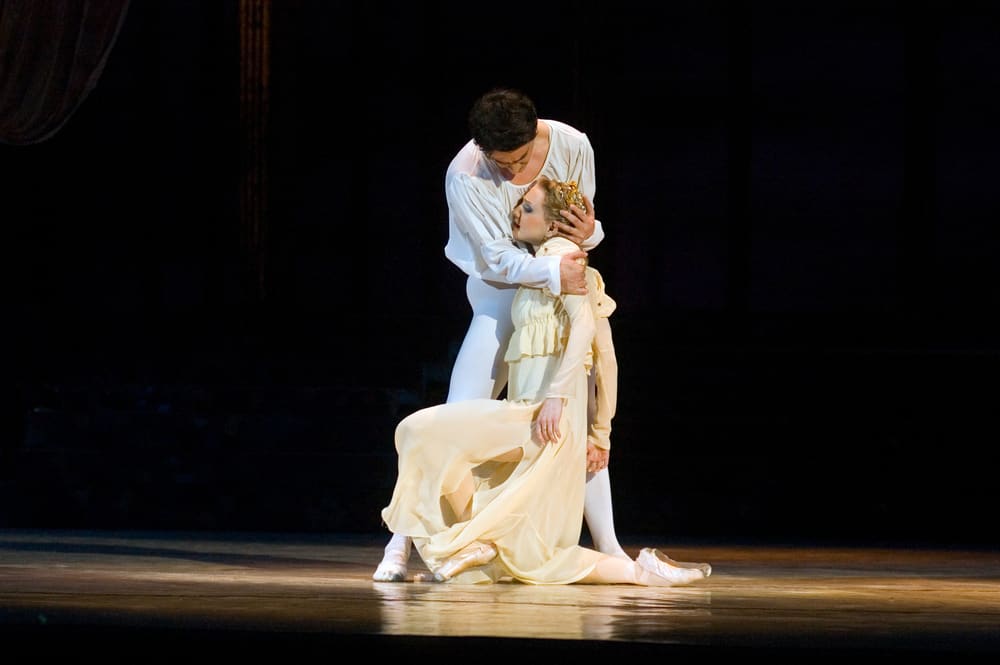
Each producer’s version of the story is slightly different, however, many important scenes in the movies and plays are very similar.
Some of the most memorable scenes include:
- Romeo and Juliet’s first meeting, where they are portrayed as falling in love with each other immediately without realizing that they are each part of two feuding families.
- The balcony scene, where the couple confesses their love for each other and makes plans to meet in secret and be married.
- Romeo declines to fight with Tybalt when challenged, so Mercutio takes his place and ends up being killed in the process. Romeo reacts in rage and kills Tybalt.
- Juliet, in despair, threatens to kill herself rather than be married to Paris as her father has arranged. The Friar suggests to Juliet that she instead drink a potion that will make her appear as if she is dead or comatose, long enough to be buried at her family’s crypt before her awakening and running away with Romeo.
- Romeo learns of Juliet’s supposed death, without the knowledge of her having taken the poison to cause her to fall into a comatose state. In a state of despair, Romeo takes his deadly poison, with the plan to die alongside Juliet’s body in the crypt.
- Juliet awakens to Romeo’s body next to her in the crypt, and a distraught Juliet uses his knife to kill herself.
Most Popular Lines

According to the Royal Shakespeare Academy, these are the most popular lines within Romeo and Juliet.
- “A pair of star-crossed lovers take their life.” (Chorus, Prologue)
- “Abraham: Do you bite your thumb at us, sir?
- Sampson: I do bite my thumb, sir.” (Act 1 Scene 1)
- “But, soft, what light through yonder window breaks? It is the east, and Juliet is the sun.” (Romeo, Act 2 Scene 1)
- “O Romeo, Romeo, wherefore art thou Romeo?” (Juliet, Act 2 Scene 1)
- “That which we call a rose, by any other name, would smell as sweet.” (Juliet, Act 2 Scene 1)
- “Parting is such sweet sorrow.” (Juliet, Act 2 Scene 1)
- “These violent delights have violent ends.” (Friar Laurence, Act 2 Scene 5)
Celebrity Influence On Romeo And Juliet

The tactics that film producers utilize are another instrumental way that Romeo and Juliet is kept popular throughout generations.
Specifically, the actors and actresses who are employed to play a role make an impact on the overall popularity of the film.
The more popular or well-known the celebrities starring in the production are, the more likely the film will be watched by viewers.
The same goes for Broadway musicals and other theater productions.
The influential people involved in the overall production and development of the play will impact who attends performances.
These individuals can also play an impact on the media that potentially is received by a production company.
As we have all recognized, though maybe it has been an unconscious recognition, new movies or television shows that have a widely popular celebrity portfolio are often marketed significantly more than others.
Additionally, these movies often appear to receive more funding.
The overall quality of the movie, cinematics, costumes, locations, and other details are better than for a lower-budget film.
It is unfortunate, but it is common for those movies with a less popular celebrity portfolio to not do as well at the box office.
Celebrities Who Have Starred In Romeo And Juliet
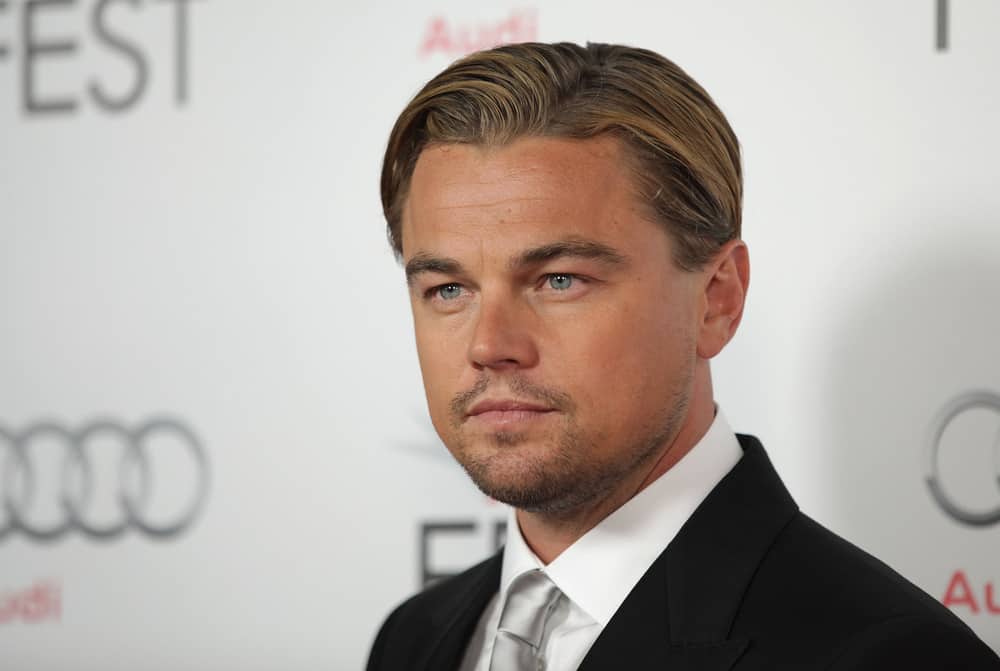
Let’s take a look at some previous Romeo and Juliet performances, and the actors or actresses who played a role in them.
Baz Luhrmann set his 1996 Romeo + Juliet in Verona Beach, making for a thrilling production that involved a large cast of celebrities and continues to increase in popularity more than 25 years after the release.
The cast included Leonardo DiCaprio, Claire Danes, Harold Perrineau, Paul Rudd, and more.
DiCaprio has gone on to incredible heights of fame in Titanic, The Great Gatsby, and The Revenant just to name a few.
However, before Romeo and Juliet, DiCaprio was in the early stages of creating a name for himself in the film industry.
He starred with Robert De Niro in This Boy’s Life and Johnny Depp in What’s Eating Gilbert Grape.
After his performance in Romeo + Juliet, the actor also became known as a teen heartthrob.
Danes went on to star in Les Miserables with Liam Neeson and Terminator 3 with Arnold Schwarzenegger.
Before Romeo and Juliet, she had won a Golden Globe award and received an Emmy nomination for her role in My So-Called Life.
Perrineau starred in the television show Fame, I’ll Fly Away, and Smoke before his role as Mercutio alongside DiCaprio and Danes.
Since then, he has gone on to star in The Matrix Reloaded, The Matrix Revolutions, Lost, and Criminal Minds.
Paul Rudd, also known as Paris in Romeo + Juliet, went on to star as Ant-Man in the Marvel Cinematic Universe.
Rudd appears to be less popular before Romeo + Juliet, as compared to the previously mentioned actors and actress, however, that didn’t stop him from excelling in Romeo + Juliet and continuing to succeed in the 2000s.
The 1996 film by Luhrmann may be one of the more popular and well-known versions of Romeo + Juliet in the 2000s.
However, several other notable actors and actresses have played the roles of the star-crossed lovers.
These include:
- Leslie Howard and Norma Shearer (1936, Romeo and Juliet film)
- Richard Beymer and Natalie Wood (1961, West Side Story film)
- Leonard Whiting and Olivia Hussey (1968, Romeo and Juliet film)
- Orlando Bloom and Condola Rashad (2013, Romeo and Juliet Broadway play)
The actors and actresses who star in the recurring films and plays play a role in the overall popularity and exposure of Romeo and Juliet.
The Juliet Club
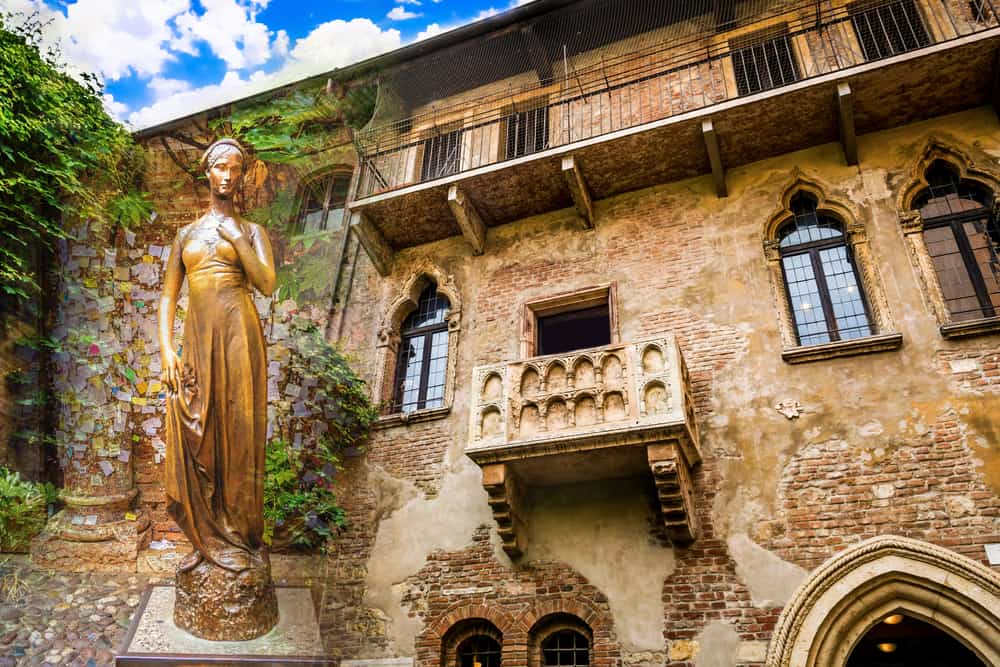
The popularity of Romeo and Juliet is not only seen in schools and movies.
As early as the 1930s, fans of Romeo and Juliet began sending letters to Verona, Italy asking for Juliet’s advice on their misshapen love life.
The Juliet Club was formed in 1972 with the sole purpose to respond to these letters.
The Juliet Club still operates today, and one of “Juliet’s secretaries” Glenn Dixon penned a memoir titled Juliet’s Answer which was published in 2017.
Letter to Juliet, starring Amanda Seyfried, is a movie that was written and produced about Juliet’s secretaries.
The power of Juliet (and Romeo) is still prevalent, and Verona, Italy in particular is where many congregate to feel close to the star-crossed lovers.
Is Romeo And Juliet Based On A True Story?

There is no doubt that Shakespeare’s Romeo and Juliet is one of his most well-known plays.
However, the question some may have is did Shakespeare create this tragic love story on his own or did he obtain inspiration from another story?
It is believed that Shakespeare’s inspiration for the play was obtained from a poem written by Arthur Brooke in 1562 titled “The Tragicall Historye of Romeo and Juliet.”
Brooke also received inspiration from previous works written before 1580, such as Giulietta e Romeo by Matteo Bandello and Novellio by Masuccio Salernitano.
Shakespeare, similar to Brooke, created his own version of the story, and Romeo and Juliet was born.
Each version of the story is slightly different and modified as chosen by the writer.
For example, Brooke’s version of Romeo and Juliet in 1562 did not include mention of the feud between the two families as being the primary reason behind the tragedy.
Additionally, Brooke’s story differed from that of Bandellos in that he created an alternate “meet-cute” where Romeo and Juliet meet at a feast rather than a costume ball.
The advantage to alternate versions of Romeo and Juliet is that there is likely to be at least one, or multiple, that appeals to each individual and their own identity.
Whether the individual prefers a comedic movie, like Gnomeo and Juliet, or a somber Broadway performance, there is something for everyone should they wish to look for their own inspiration.

